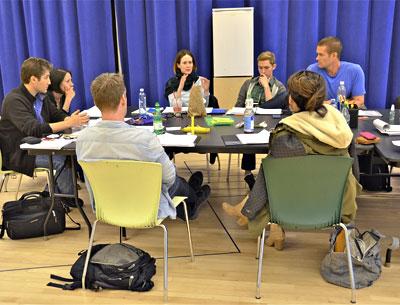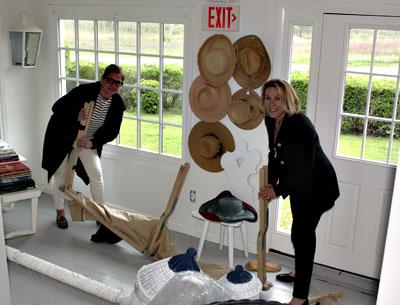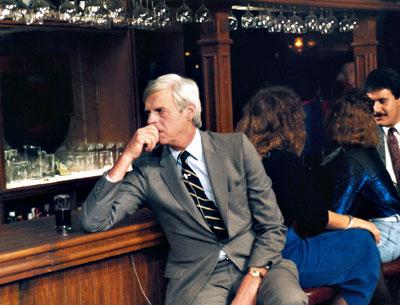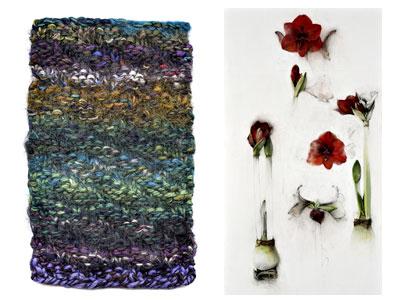Trustees’ Tag Sale
Trustees’ Tag Sale
The East Hampton Historical Society’s annual trustees’ tag sale will be held Saturday from 9 a.m. until noon on the back lawn of the society’s headquarters, the Osborn-Jackson House on Main Street.
Items both useful and collectible will include furniture, lighting, household items, folk art, and decorative home accessories. A midcentury Dunbar table, a set of Windsor dining chairs, garden planters, and glassware are among the offerings.
The tag sale is a benefit for the historical society.




